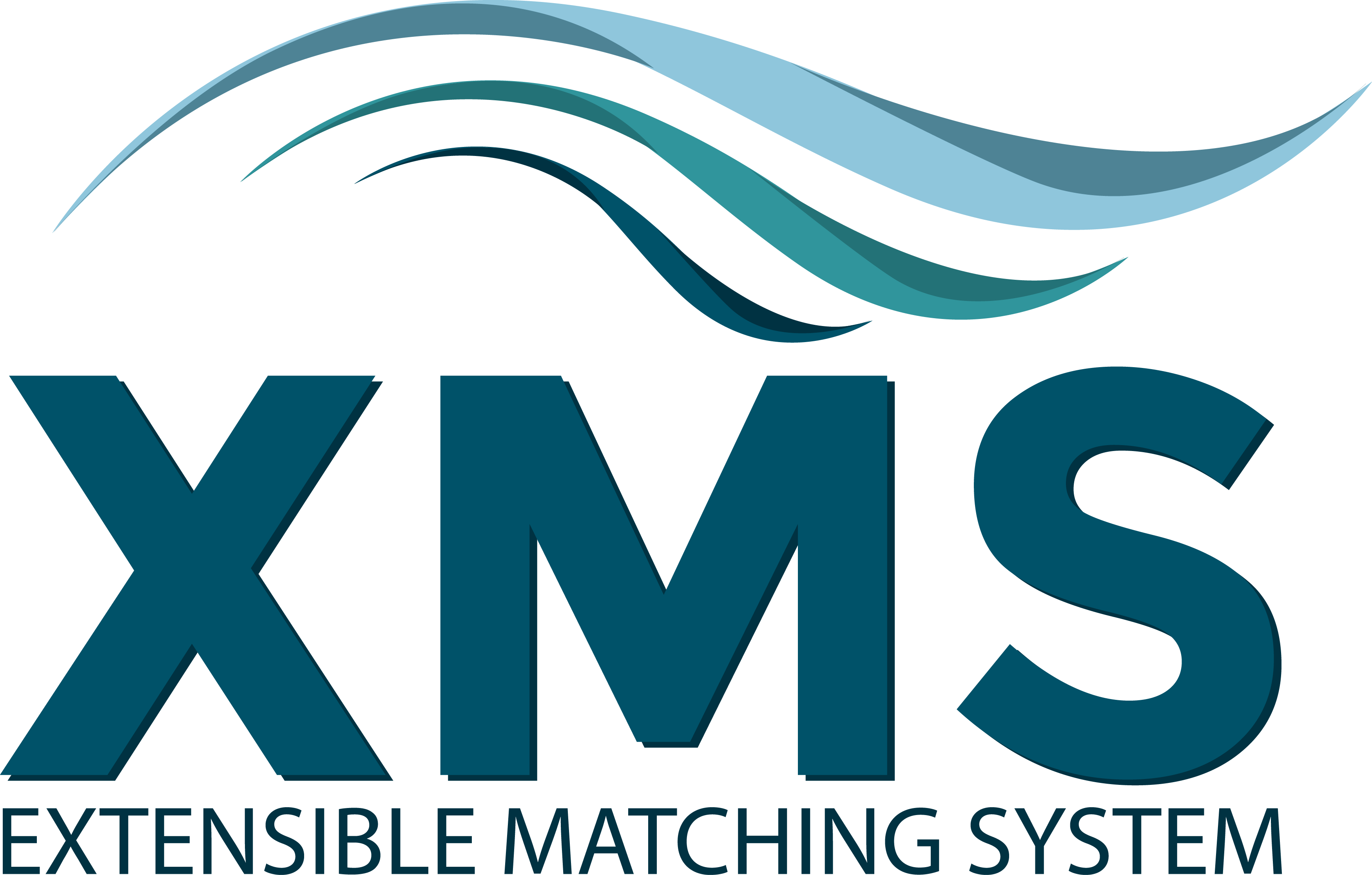Needs and requirements in Reconciliations & Exceptions Management are quite complex and specific to :
- the Organization (workflows)
- the Business Lines
- the IT environment (information systems)
To help financial institutions to take control in the Front, Middle and Back Office, XMS delivers STP Control Solutions (all matching processes) :
- Easy integration of all message formats & Straight Through Processing (STP) to stick to your workflows
- Generic Skills inherited from the JAVA platform => Flexibility Scalability Customization to adapt to your business lines
- Full integration in the existing Architecture & Inter Connectivity to communicate with your information systems
- Capacity to monitor your systems
XMS Generic is a comprehensive application (single platform) for true generic reconciliations. It is architected as a complete end-to-end processing package : data integration, entreprise wide reconciliations, streamlined exceptions management (risk oriented treatment).
Four main characteristics ensure scalability and flexibility for true generic reconciliations :
- Integration of all standard and non-standard messages : SWIFT, FIX, SIC/EUROSIC, SECOM, CODA, flat files (CSV, …), EXCEL, XML, EUCLID (Euroclear), …
- Easy & Quick integration into existing hardware and software environments. As a three tier architecture (not to say n tier), XMS Generic runs on a variety of platforms irrespectively of the relational database (MS SQL, MySQL, Sybase, Oracle, etc.) and the operating system (Windows, Sun, etc.).
- User-defined Business Rules (no coding) : reconciliation/matching rules, risk attribution rules, alerts, inquiries, exceptions escalation, ...
- Customizable output presentation (no coding) : user-friendly MDI interface allows users to adapt the lay-out according to the XMS solution (reconciliation’s type) and to their preferences (Graphical User Interface).
Comprehensive Functionality and full Flexibility
Thanks to its technological features and unique design, XMS Generic operates like a wide-open data processing system:
- Data integration in any format from any source
- Data management : triggered action (action under condition(s) : e.g. SWIFT MT creation and validation), alerts, inquiries and reports
- Data comparison (matching): reconciliations and controls
- Data enhancement : in case of poor data or misquoted, differently referenced information ; “Golden Record” creation ; etc
Unbeatable matching functionality removes the need to duplicate systems and datafeeds and thus eliminates fragmented and redundant processes. In few words, XMS Generic is designed to help financial institutions driving down cost and operational risk, whilst facing changing industry and client demands.
Pro Active Risk Control and Straight Through Processing
One can clearly see the advantage of XMS Generic in terms of risk mitigation : a transaction can be controled at each step of its life cycle, from the front to the back office ; any exception can be detected as soon as it appears (e.g. pre-settlement) and actively monitored to ensure quick and efficient resolution.
Upon user-defined rules, XMS Generic automatically attributes a risk level to each exception for better follow-up and resolution (priority escalation). A dynamic dashboard shows an overall view of the exceptions, differently splitted in various possible groups according to : risks levels, ages’ range, valuations levels, ... Direct access from the exception Dashboard to details : drill-down functionality.
XMS Generic reduces manual tasks to the bare minimum to reach highest STP rates.
Exceptions Detection and Management
Thanks to STP abilities (see XMS STP), XMS Generic turns out to be a powerfull eXception Management System. As soon as they appear, exceptions are identified and automatically directed to appropriate user(s) for rapid and efficient resolution.For either a single exception or a group of exceptions, a case is created. User-defined rule(s) streamline the investigation path, the resolution flow. The exception(s) case includes :
- related exceptions and correspondences (in & out ; internal & external)
- note book : any comment (based on templates), any other relevant information (text and/or image insertion), user can add up as many notes as needed
- full or semi automated follow-ups based on pre-defined templates, and pre-defined scheduling
- dynamic and multi way dashboard grouping exceptions by : notes’ number, follow-ups’ number, risk levels, ages range, ... and by any combination of these
- single point of access for all exceptions (all reconciliation types)
Advantages
Fully SWIFT compliant
XMS Generic processes absolutely any MT SWIFT
- Integration of incoming messages
- Generation and validation of outgoing messages
- Use of a “SWIFT Solutions Partner” labeled interface.
XMS Generic achieves highest matching rates of the market (universal matching rules)
- Multi sources matching
- User-defined matching rules (GUI)
- Unlimited matching sets (set of reconciliation rules)
- Unlimited reconciliation rules (within a matching set)
- Flexible rules : any field can be used as criterion in rules’ definition
- Flexible rules : matching with tolerance (aggregation functions)
- Restrictions (filters) on matching set and/or on rule. For example : specific set for specific accounts’ group ; specific rule for specific transactions’ type ; etc.
- Data enhancement in case of poor data, differently referenced information, ... in order to create comparable data (to boost automatic matching rate) : make the matching possible !
- Possibility to add new fields and to edit specific fields (e.g. internal references)
- One-to-one, one-to-many and many-to-many matching keys
- Multiple match : transaction(s) grouped in multiple ways as ‘offered matches’
Automation of the Process
Fine-tuning alerts’ definition drastically reduces the need to process manual actions (inquiries, reports’ edition). User-defined alerts provide a unique control on the system in respect of priorities and risk’s levels. The advantage can be directly measured in terms of risk control and operational efficiency. The alerts’ definition permits to highlight a large series of elements linked to the performance of the system as well as breaks in transactional chain.
